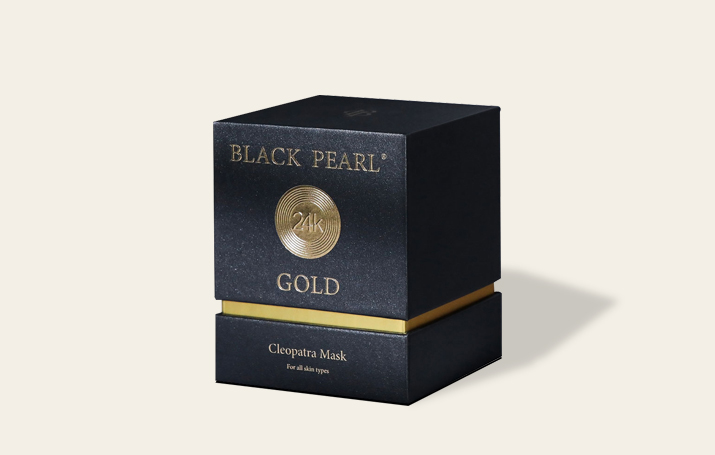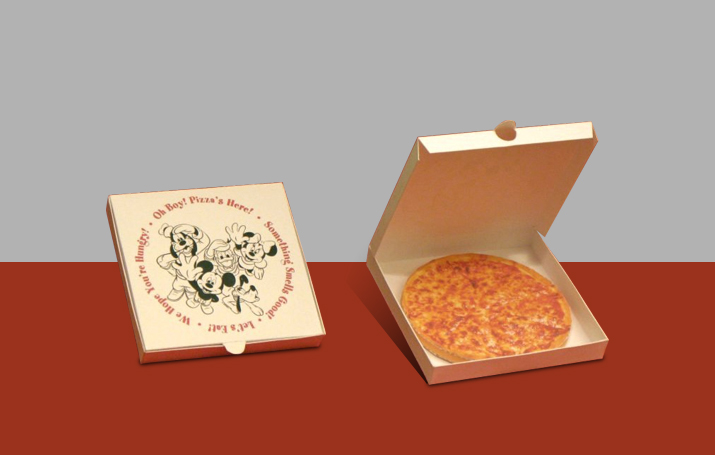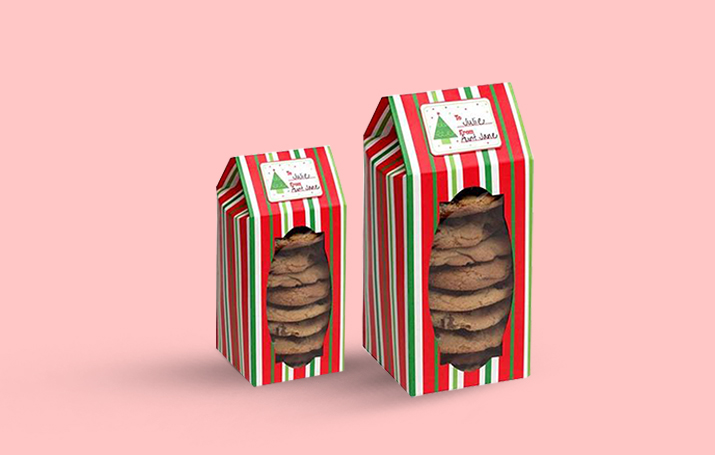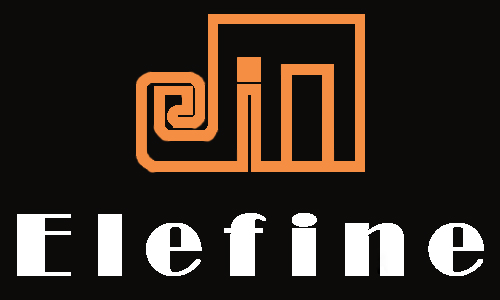That stands more than true for embossing vs. debossing. Are you confused about whether you should emboss or deboss? Here is a detailed guideline on all aspects.
As with most things, each option has advantages and disadvantages, but it all depends on what you’re trying to achieve in the end. So before making a decision, there are some things to consider when deciding between embossing and debossing to ensure that you have the best possible outcome from your project.
What is the Confusion between the Two?
Some might think about the need for differentiation when these are two different processes. Some people confuse the names. They are not clear which definition is for which term. They might also confuse these with UV coating.
The primary perk of these two is the same, creating significant visual effects. However, despite all that similarities, each method has unique benefits and drawbacks. Here’s what you need to know about each process to determine the best for your project! On the other hand, if you want to learn more about debossing or embossing, check out our detailed guidelines below!
Few Questions You Must Ask Yourself
As you prepare to emboss or deboss your latest project, you’ll face a few questions:
- Which technique should I use?
- What kinds of materials will each approach work with?
- Do these techniques have any limitations?
- Shall I try foil stamping or any other method instead?
- Are there any design considerations that I should take into account?
- This article gives the answers to these questions and more.
Debossing and embossing both have pros and cons, but ultimately it’s up to your project needs as to which technique will be best. For example, debossing into the surface of thin material, such as paper or aluminum, while embossing pushes that material into a form made with ridges in clay or corkboard. This will leave an imprint on your item once removed.
Let’s explore embossing vs. debossing so you can decide which technique to choose when stamping your next project!
The Difference between Debossing and Embossing
For thinner materials such as foil sheets, you will need to use debossing rather than embossing because the foil is so thin that it cannot support the weight required by embossing before it crumples or tears apart. However, if you’re looking for more profound imprints that you can achieve with debossed surfaces, then you should go with embossing.
- The embossing technique provides a delicate, ornate surface that adds visual interest to a design and gives your project an expensive, distinguished appearance.
- The debossing technique involves heating metal to create an open letter or image, which makes it possible to cover large areas in only one foil color.
- A downside of this process is that embosses can’t be used with specific colors and reflective materials.
- Plus, not all custom boxes can be embossed. Therefore when selecting a foil, it’s essential to know if it will work with this technique before you decide on using it as your primary design element.
Things to Keep in Mind before Deciding
Before deciding on a technique, it’s essential first to consider the scope of your project. In addition, durability and time investment are factors to consider before choosing a design method.
Embossing can provide depth and texture instantaneously, but if you’re looking for long-term use or intricate designs, you may be better off choosing debossing as it typically involves much more time and effort. Of course, you’ll also want to think about your preferences.
If you want a modern look with solid and graphic contrasts, then embossing may be perfect for you, while if you prefer something more subtle with a vintage feel, then debossing may be best suited to your needs. Furthermore, what material are you working with? Are you looking to embellish clothing?
Tips for Better Results
Think about your project and its specific requirements, then consider which technique will provide the best result for you and your client. For example, embossing generally creates a raised surface on paper, whereas debossing creates a concave surface.
- Debossing on a full sheet of paper or cardstock is easy to reproduce digitally or in print. Still, embossing tends to be more challenging to produce in these formats because it includes an added layer of printing (ink applied to a raised area).
- When an effect has low tolerances, just use offset printing to create impressions. Getting everything right can make all the difference between something looking good or bad.
- To understand which technique to use, it’s essential to know which to use and when. For example, embossing a project means that the raised design of a logo or title will be sunken below the surface of paper or other material, with ink placed on top of it, contrasting the raised and recessed areas.
- Debossing is essentially an inverse technique where an area of low relief (or no relief) will be below the paper or other material’s surface. At the same time, ink is around its edges.
- This produces a different kind of contrast between high and low relief surfaces, which often provides a better perception of materials used in darker tones.
Which Technique is Best, Emboss or Deboss?
To be able to decide which technique is best for your project. First, you need to know more about the advantages and disadvantages of each. For example, Debossing produces a design in relief on a surface by applying heat and pressure. On the other hand, embossing heats an image on a transfer paper and presses it onto paper or fabric. It is, in turn, coated with heat-sensitive glue so that when it cools. It maintains an impression of the paper or fabric surface pattern.
Final Thoughts
The embossing and debossing techniques depend on your preference and what you need the final product to do. For example, embossing can be a helpful way to protect or disguise an image or writing. In the same way, debossing could also be a good solution. It will give the best results if you want it to appear three-dimensional. It all depends on what works best for your project. So experiment with both techniques until you find one that suits your needs!





